A few months ago, one of our fabrication clients called in frustration.
They were machining a batch of custom aluminium enclosures — beautifully curved, polished, and worth nearly ₹2 lakh each. But every time they used their regular rigid clamps, the parts either slipped or came back with hairline scratches. Each scratch meant rework, wasted time, and extra polishing.
The production floor turned tense.
Tight delivery deadlines. High customer expectations. One scratch away from rejection.
That’s when they turned to us. Not for a sales pitch — but for a solution that simply worked.
The Hidden Truth About Clamping
Clamping is one of those unsung heroes in every shop.
You don’t think about it until something slips, scratches, or bends.
Traditional clamps — whether toggle, C-type, or screw-down — are built on rigidity. They assume that the part being clamped is perfectly square, uniform, and predictable. But in real life, especially in custom fabrication, things rarely are.
Curves, odd angles, delicate finishes, oversized assemblies — these are the daily realities. And when rigid clamps meet irregular parts, stress concentrates at the wrong spots, leading to:
-
Slippage during machining or vibration
-
Marring or surface damage
-
Time lost in constant readjustments
-
Operator frustration and safety risk
So the problem isn’t weak grip. It’s uneven grip.
The Flat Strap Clamp Difference
That’s where the Flat Strap Clamp changes the game.
Instead of pressing down at a few points, it wraps evenly around the surface — adapting like a seatbelt around your workpiece. It distributes force across a wide area, protecting finishes while still delivering solid hold.
It’s like having a helping hand that moulds itself to the job — whether that’s a curved sculpture piece or a heavy-duty panel in a shipyard.
In one line: it adapts, instead of forcing your part to.
Real ROI: The Cost of a Scratch
Let’s go back to that aluminium enclosure story.
Before switching to flat strap clamps, the shop spent nearly ₹3,000 per rejected part on polishing and rework.
Out of 20 pieces in a batch, 4–5 consistently showed visible clamp marks. That’s a ₹15,000 loss per batch, not counting downtime.
After adopting the flat strap clamp system, they cut rework to zero. Setup time dropped from 8 minutes to 3 per part — a 62% time saving. And since they could hold multiple pieces of varying shapes at once, throughput went up without expanding the fixture setup.
That’s not a tool upgrade. That’s process optimization with immediate ROI.
Why It Works: Quiet Engineering That Pays Off
The beauty of the design isn’t in a fancy spec sheet — it’s in simplicity.
-
Adaptive grip: Distributes pressure evenly, no marring.
-
Batch flexibility: Holds different shapes or thicknesses together — great for mixed production lines.
-
Safety compliance: Prevents slippage or workpiece movement during machining.
-
Compatibility: Mounts easily to legacy fixtures or jigs — no redesign needed.
In workshops where every product is different, adaptability is productivity.
Beyond Metal: The Overlooked Users
The magic isn’t limited to machine shops.
We’ve seen the clamp quietly enter:
-
Woodworking studios, holding curved frames or musical instruments.
-
Sculpture and art fabrication, where finish and control are everything.
-
Railway and shipbuilding, where massive panels need wide-area securement.
-
Electrical assembly lines, managing large consoles or enclosures with varying cutouts.
Wherever there’s variation, the flat strap clamp finds relevance.
The Emotional Side of Precision
Let’s be honest — engineers hate chaos.
A clamp that jumps off a corner mid-tightening isn’t just annoying — it breaks flow, causes errors, and eats into profit.
One machinist on Reddit said it perfectly:
“These things are either amazing or tremendously annoying.”
And that’s fair — because most strap clamps on the market compromise between flexibility and reliability.
This version fixes that.
When you see a smooth finish, zero rework, and on-time delivery — you start trusting your tools again. That’s the emotional ROI that keeps teams motivated and customers happy.
Soft Close with CTAs
If you’re dealing with irregular, sensitive, or large assemblies — this tool can quietly eliminate half your daily headaches.
Because not every project is square — and your clamp shouldn’t be either.

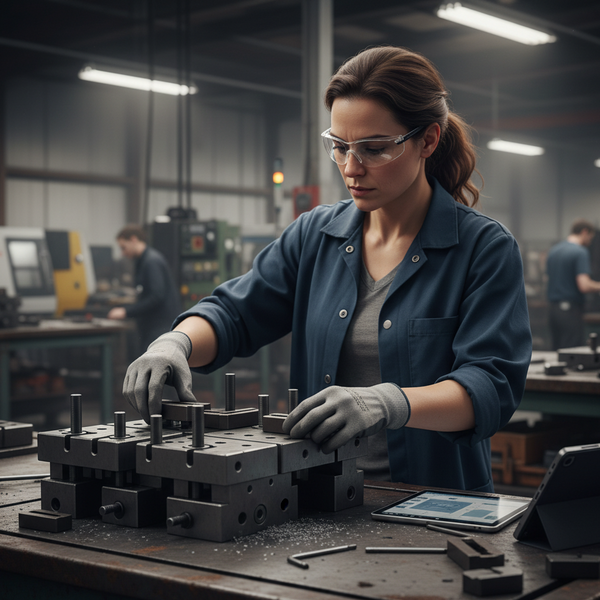


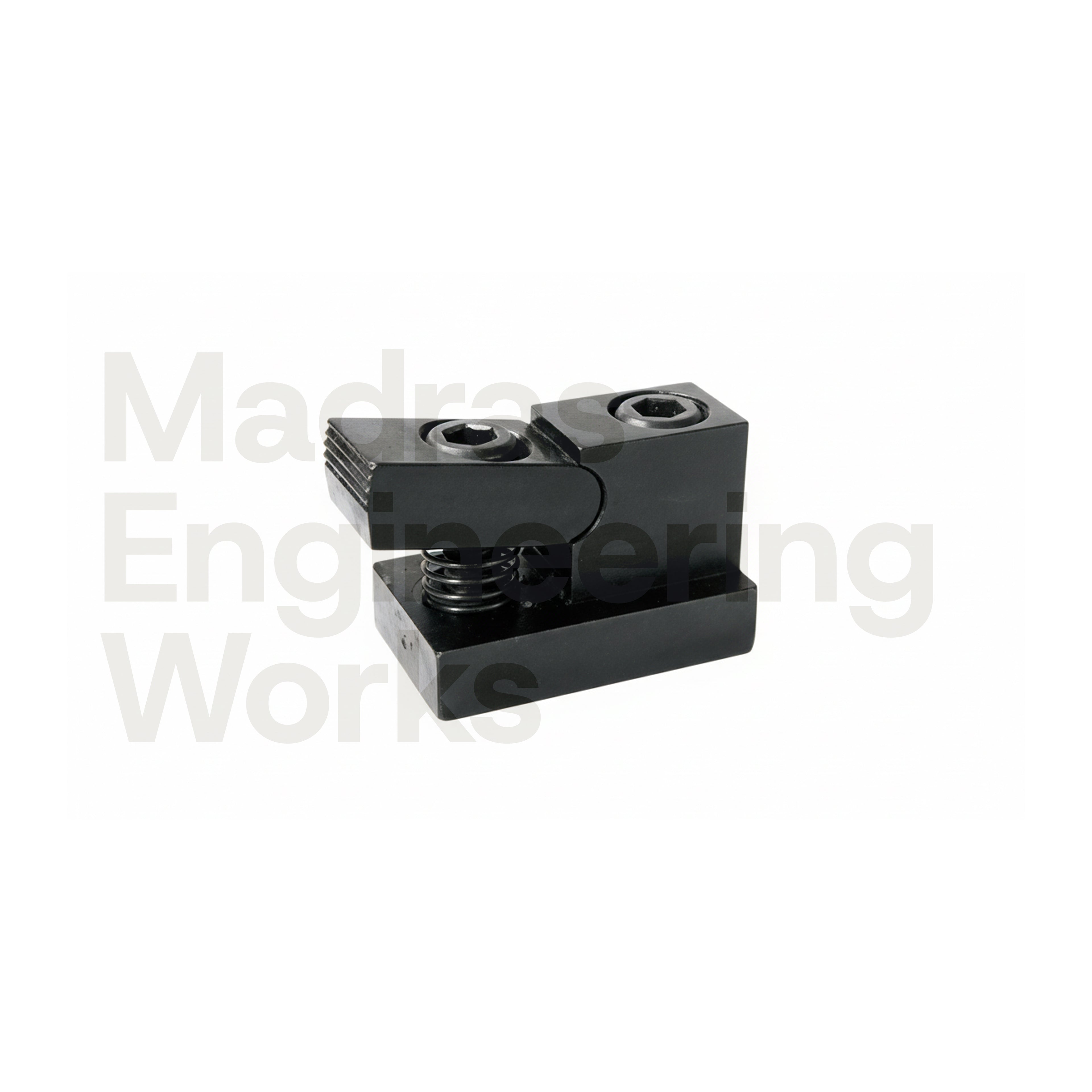
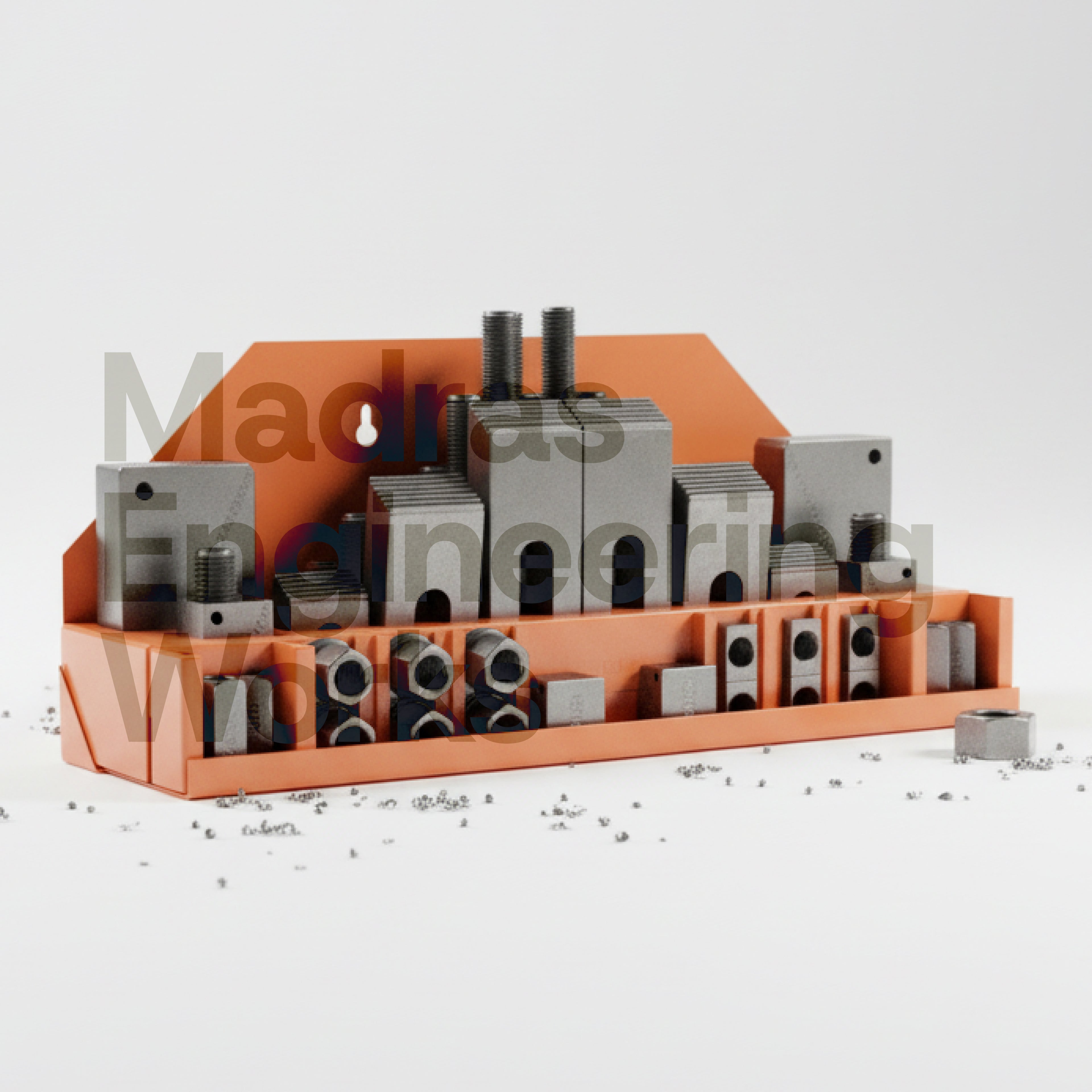
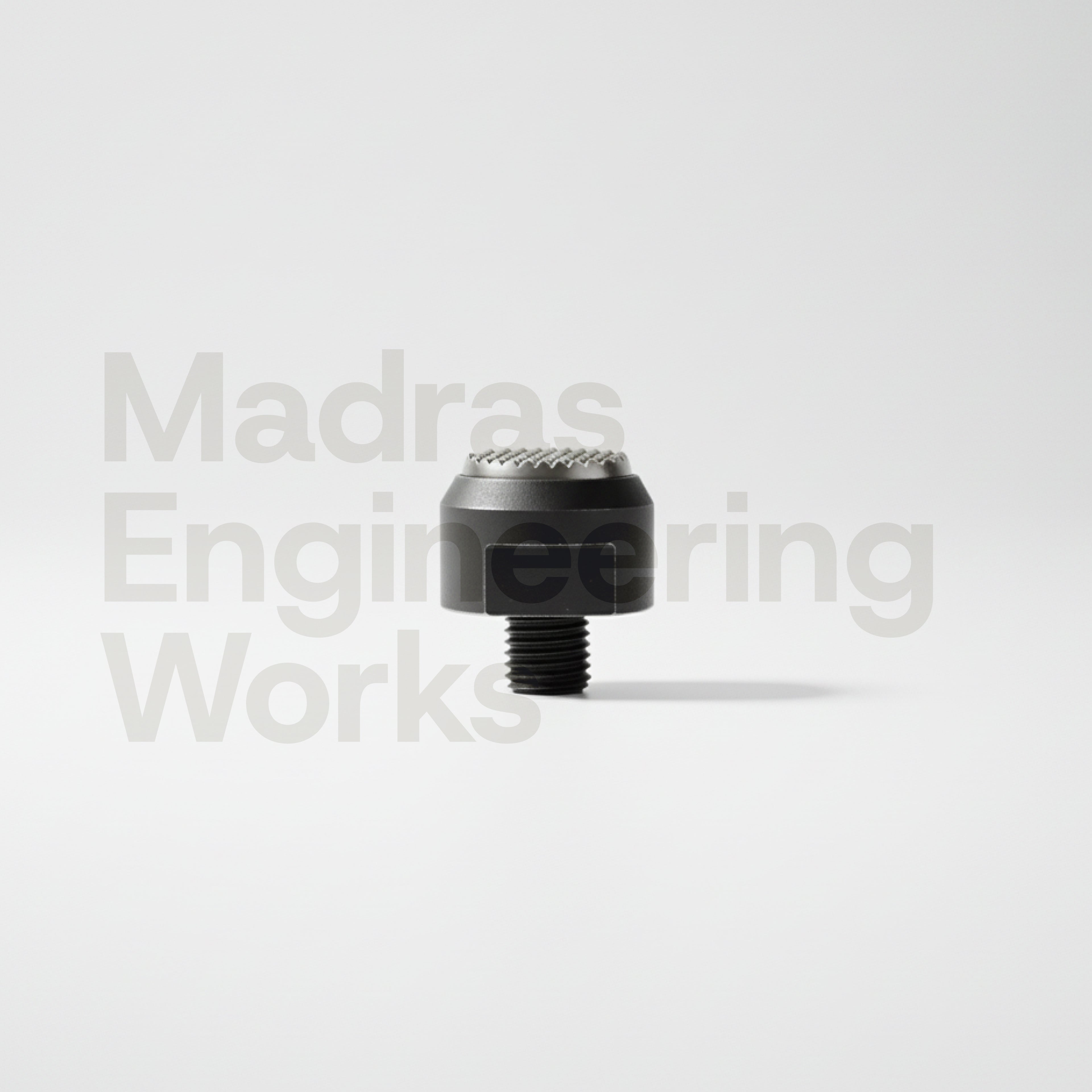
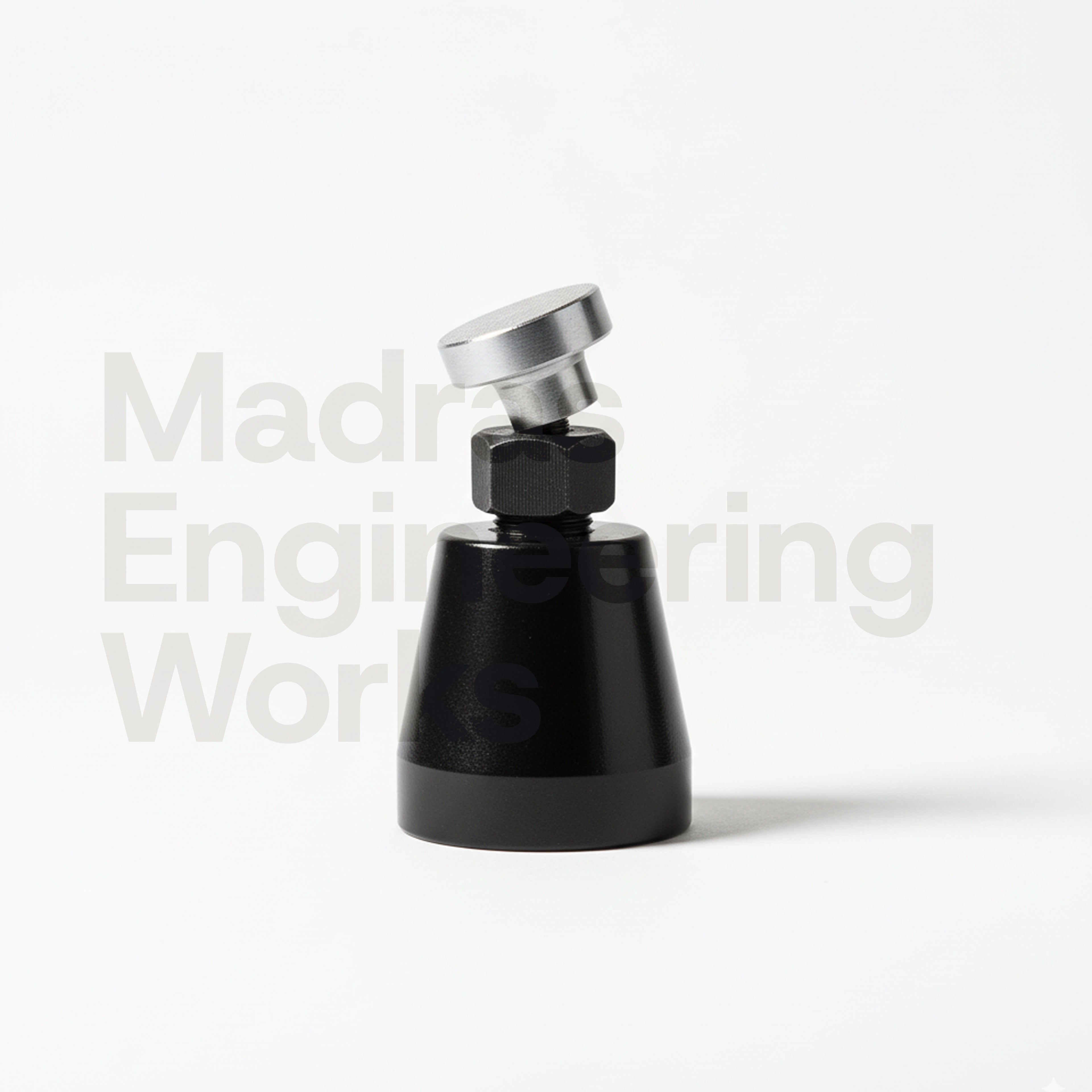
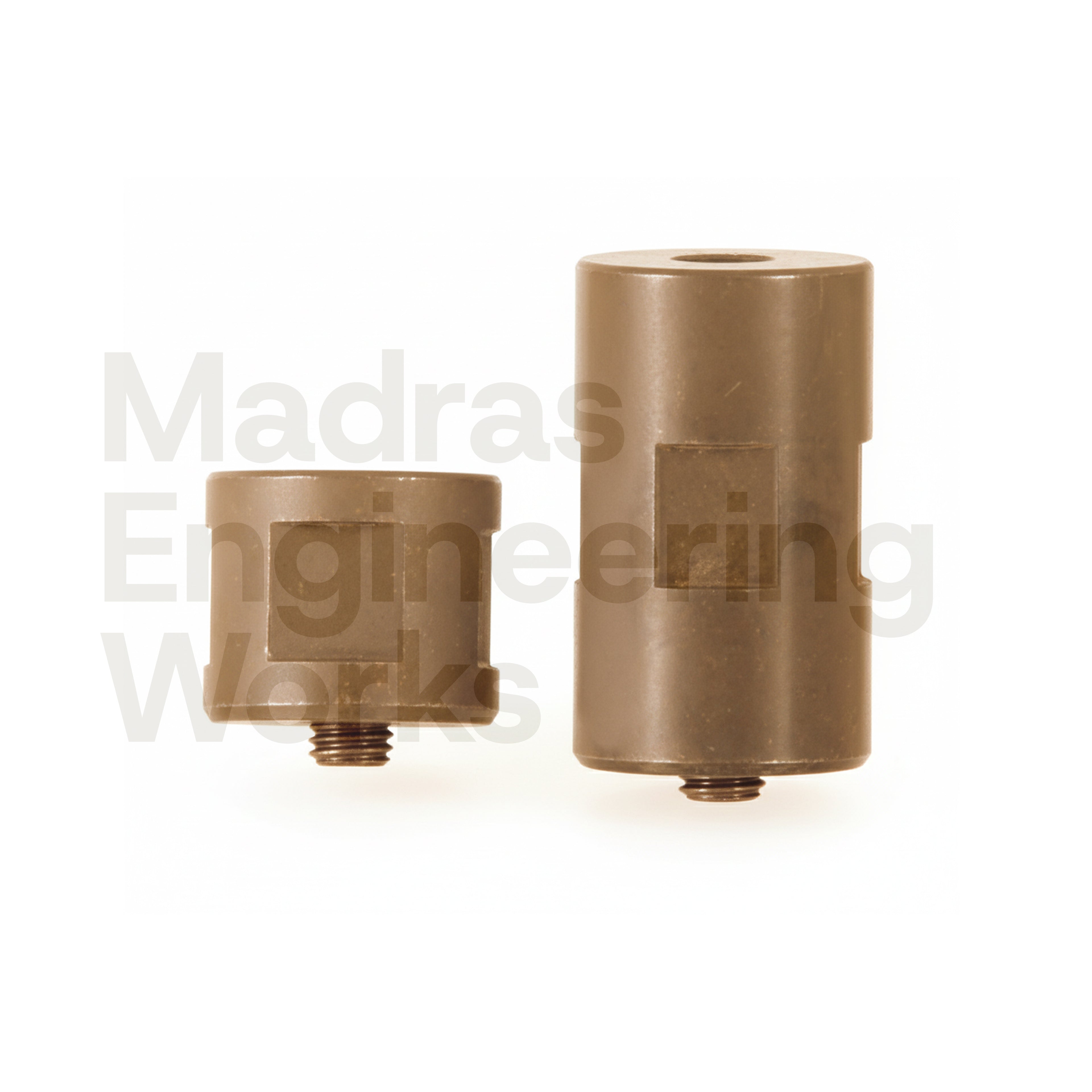
0 comments